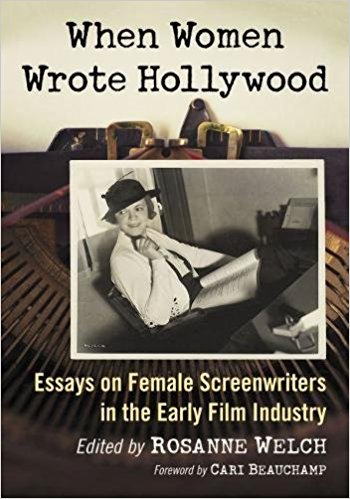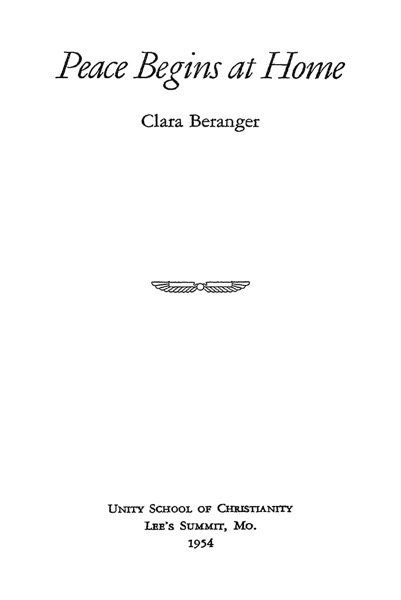Watch this entire presentation
Subscribe to Rosanne’s Channel and receive notice of each new video!
In honor of Halloween – and in service to my teaching philosophy —
“Words Matter. Writers Matter. Women Writers Matter.”
I presented this holiday lecture “When Women Write Horror” on Tuesday, October 29th, 2019. Researching the many, many women who have written horror stories – in novels, films and television – brought new names to my attention who I am excited to start reading. I hope you will be, too!
Transcript:
Alright, so welcome everybody. Today because we’re just two days outside of Halloween, we want to talk about horror but we want to talk about women in horror because you don’t get a lot of that right? When we think about horror we think about a lot of famous male authors. Now we do think about some of the women — both writers and we’re gonna think about some stories that are famous stories that are female focused and how that affects us as we watch these types of things right? What they make us think about. What we should be thinking about? So when I think about horror, I think about this lady first, Guesses? Mary Shelley. Mary Shelley. When we think about Mary Shelley we think about what book she wrote? Frankenstein. Right? Frankenstein does double duty. It’s kind of a double genre piece. It’s science fiction but it’s also horror. When we think about Frankenstein, we think about the monster and the movies that we’ve seen. The costumes people wear for Halloween. A lot of people — until they read Frankenstein — don’t understand that’s not the name of the monster. That’s name of Dr. Frankenstein who made the monster right? So this was all concocted in the brain of a 19 year old young woman and that’s how important her work was. We’re still reading it to this day right and we’re still thinking about what does it mean.
* A portion of each sale from Amazon.com directly supports our blogs
** Many of these books may be available from your local library. Check it out!
† Available from the LA Public Library
Podcast: Play in new window | Download
Subscribe: RSS
![01 Introduction from When Women Write Horror with Dr. Rosanne Welch [Video] (1 minute 18 seconds)](https://rosannewelch.com/wp-content/uploads/2020/03/rmw-cpp-horror-01.jpeg)










![42 Lucille Kallen and Selma Diamond from “When Women Wrote Hollywood” with Dr. Rosanne Welch[Video] (1 minute 2 seconds)](https://rosannewelch.com/wp-content/uploads/2020/02/csuf-rmw-w3h-42.jpeg)


![41 Madelyn Pugh, Lucy and Desi from “When Women Wrote Hollywood” with Dr. Rosanne Welch [Video] (39 seconds)](https://rosannewelch.com/wp-content/uploads/2020/02/csuf-rmw-w3h-41.jpeg)

![40 Madelyn Pugh and I Love Lucy from “When Women Wrote Hollywood” with Dr. Rosanne Welch [Video] (54 seconds)](https://rosannewelch.com/wp-content/uploads/2020/02/csuf-rmw-w3h-40.jpeg)